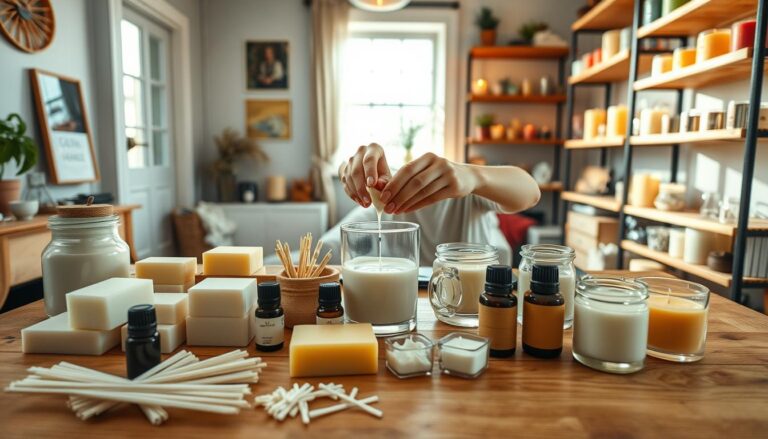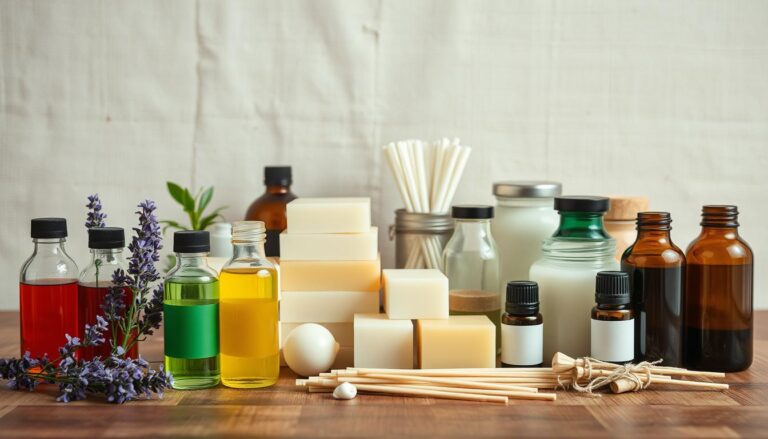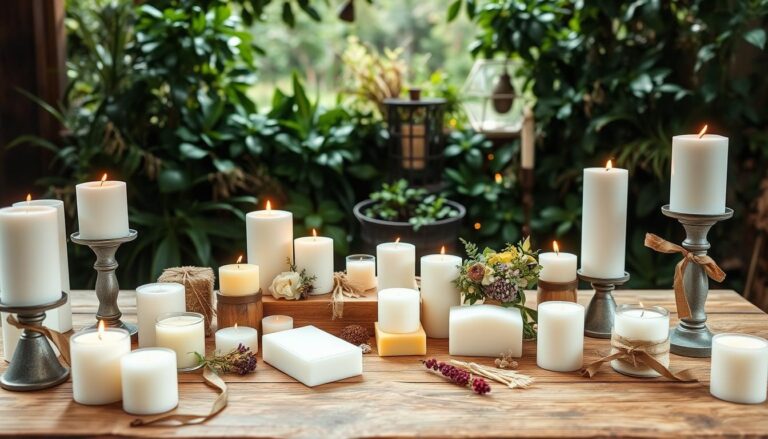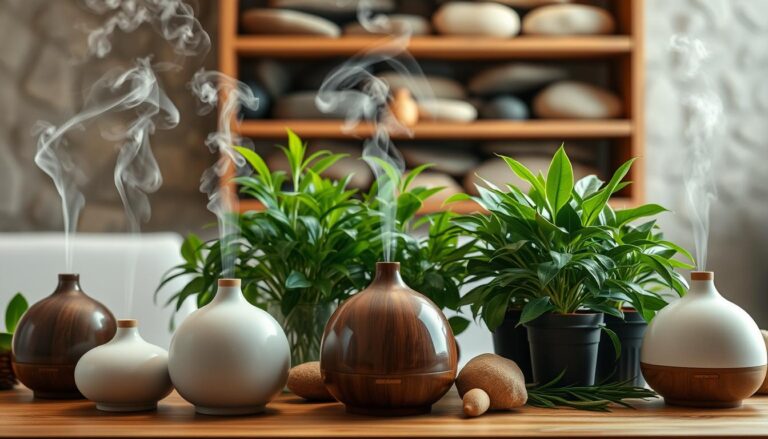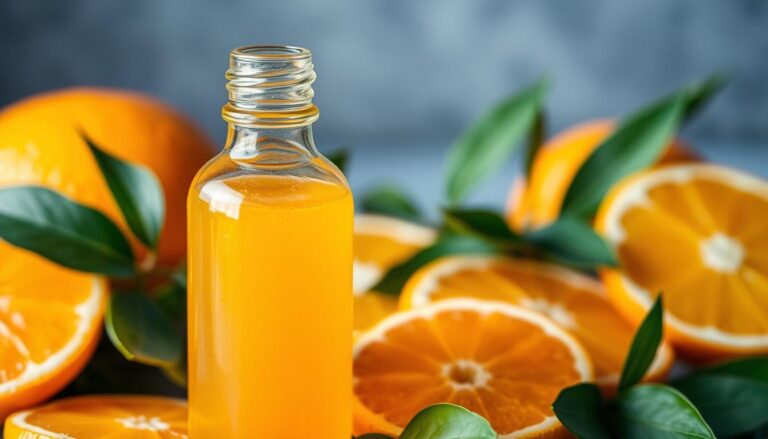Would you like to unlock the secrets of nature’s pharmacy and discover the most potent solutions to boost your mood, soothe your skin, and promote overall wellness? Then learn about the top essential oils.
The world of essential oils is vast and varied, but some stand out for their incredible benefits and versatility.
The very best essential oils are extracted from plants, flowers, and trees, offering a wealth of therapeutic properties that can transform your life. From calming anxiety to promoting restful sleep and radiant skin.
In this article, we’ll explore the top essential oils and their benefits, highlighting the most popular and effective oils for a range of uses.
From lavender and tea tree to peppermint and eucalyptus, we’ll dive into the unique properties and uses of each oil, providing you with the knowledge you need to harness their power and enhance your well-being.
Get ready to discover the natural solutions that can take your health and wellness to the next level.
Key Takeaways
- Plant extracts are widely adopted for natural home and self-care solutions
- Top-selling options at major retailers offer specific therapeutic advantages
- Historical use across cultures informs modern applications
- High-quality versions provide more effective results
- Practical uses range from stress relief to household cleaning
- Selection depends on personal needs and wellness objectives
Introduction to Essential Oils
Natural plant extracts are transforming how people approach self-care routines and home solutions.
These concentrated liquids pack nature’s benefits into versatile formulas that work with your body’s chemistry.
Let’s explore their unique qualities and why they’ve become go-to options for modern households.
What Are Essential Oils?
These potent extracts come from flowers, leaves, or roots through methods like steam distillation.
Imagine capturing a field of lavender in a single bottle. That’s the power of proper extraction.
One drop can equal multiple cups of herbal tea in strength.
Their secret lies in volatile compounds that give plants their scent and healing traits.
When inhaled, these molecules interact with your brain’s emotional center.
Applied topically (always diluted), they get absorbed into skin layers. This dual action makes them effective for both relaxation and physical support.
Why Essential Oils are Gaining Popularity in the United States
Americans increasingly choose plant-based options over synthetic products.
Over 34% of U.S. adults now use botanical remedies, according to recent surveys. People want cleaner alternatives for skincare, stress relief, and home cleaning.
The market reflects this shift. Sales doubled since 2020 as families prioritize natural wellness.
Unlike harsh chemicals, these extracts offer customizable solutions.
Mix lavender with coconut oil for bedtime massages, or add lemon to homemade cleaners.
Their versatility fits busy lifestyles seeking practical, earth-friendly choices.
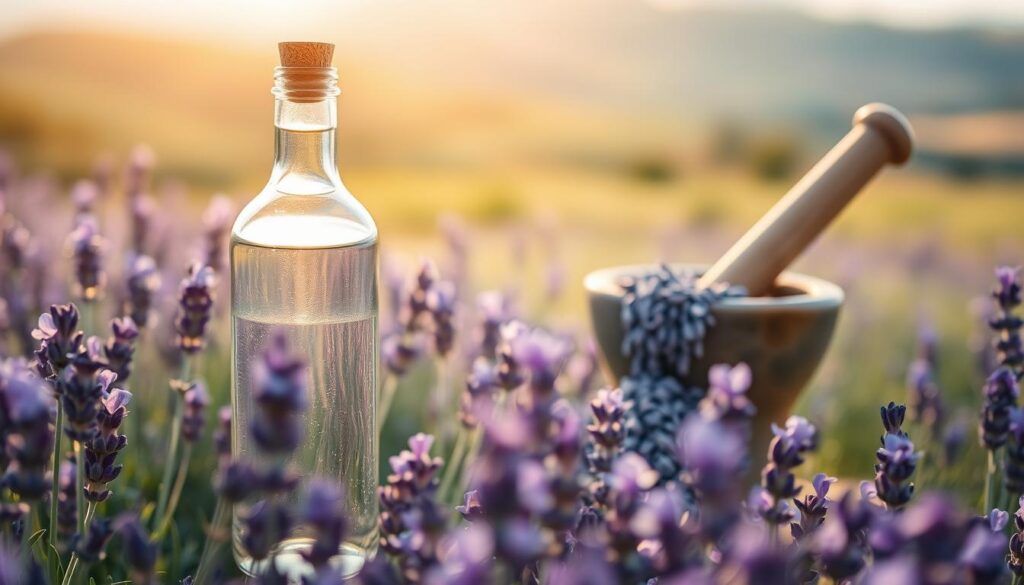
Unveiling the Most Popular Essential Oils and Their Benefits
Certain plant extracts stand out for their remarkable adaptability in modern wellness routines.
These concentrated solutions address multiple needs through aromas and topical applications.
Let’s explore how specific varieties became staples in American homes.
Nature’s Versatile Healers
Lavender’s soft floral scent makes it perfect for winding down.
Add two drops to your pillowcase or mix with jojoba oil for soothing skin rubs.
Studies show its compounds help ease tension within 15 minutes of inhalation.
Peppermint wakes up your senses like a cool morning breeze. Keep a rollerball in your gym bag for post-workout muscle relief. Its menthol content also supports clear breathing during seasonal changes.
Tea tree shines as a natural cleaning powerhouse. Create a disinfectant spray by combining it with vinegar and water.
Many find it effective for maintaining clear complexions when diluted properly.
And of course, you must learn about the proven benefits of Palo Santo Essential Oil.
Uplift and Rejuvenate Your Senses
Lemon’s zesty aroma instantly brightens any room. Add a few drops to olive oil for sticky residue removal.
Its antioxidants help revive dull surfaces and uplift moods simultaneously.
Frankincense offers grounding effects during meditation practices. Blend with unscented lotion to reduce the appearance of fine lines.
Historical records show its use in spiritual ceremonies across three ancient civilizations.
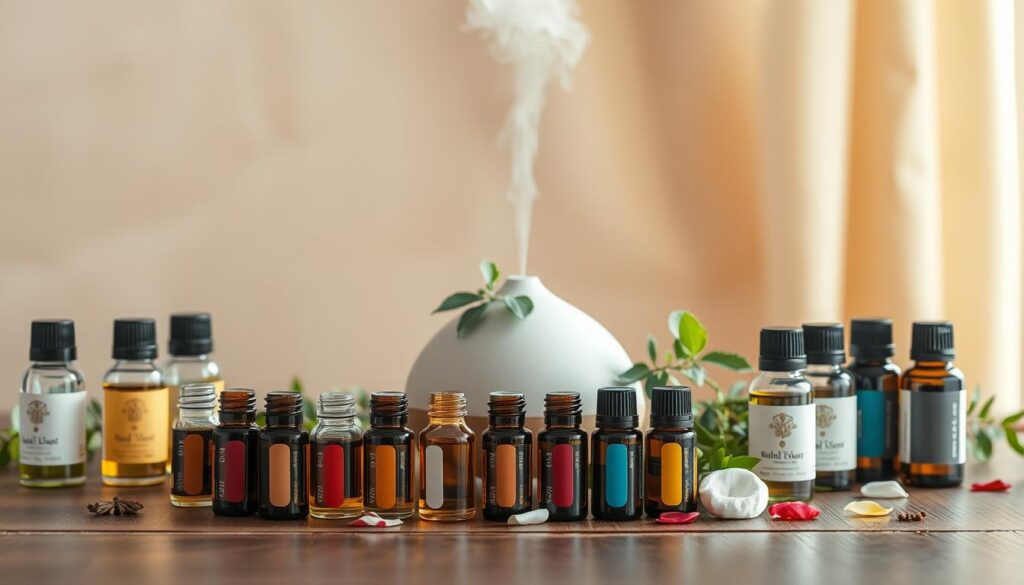
Practical Uses and Applications of Essential Oils
Transform your daily routines with concentrated plant extracts that serve multiple purposes. These natural solutions adapt to your needs, whether you’re seeking mental clarity or tackling household tasks.
Let’s explore how to harness their potential through safe, effective methods.
Aromatherapy & Diffusion for Relaxation and Focus
Create spa-like atmospheres using aromatic diffusion. Lavender’s floral notes calm evening spaces, while citrus blends spark morning energy.
Inhaling these scents activates brain regions linked to mood and memory.
Try peppermint in your office diffuser during afternoon slumps. Its crisp aroma enhances alertness better than caffeine for many users.
Studies show certain compounds improve focus within minutes of inhalation.
Topical Uses for Skin, Hair, and Home Cleaning
Dilute plant extracts properly before skin contact. Mix 2-3 drops with coconut oil for gentle facial serums.
Tea tree combats blemishes when applied sparingly to affected areas.
Revive hair health with rosemary-infused scalp massages. Combine it with jojoba oil to stimulate follicles weekly.
You can also use essential oils to remove bad odors and for cleaning purposes.
For instance, blend lemon oil with vinegar as it cuts grease and leaves kitchens sparkling.
Always patch-test new mixtures on small skin areas first. Store homemade cleaners in dark glass bottles to preserve potency.
These methods let you replace synthetic products with earth-friendly alternatives.
DIY Essential Oil Blends for Every Occasion
Crafting personalized blends lets you harness nature’s power for daily needs.
Whether easing tension or refreshing your space, these formulas adapt to your lifestyle.
Let’s explore three versatile recipes you can mix today.
Soothing Massage Oil and Bath Blends
Unwind after stressful days with lavender-infused creations. Combine 12 drops of lavender essential oil with ½ cup carrier oil like jojoba. Massage into tight shoulders or add to evening baths.
You can also use essential oil blends to spark a romantic flame with your partner.
| Ingredients | Instructions | Best Uses |
|---|---|---|
| ½ cup carrier oil 12 drops lavender | Mix in glass bottle Shake gently | Bedtime relaxation Skin moisturizing |
Energizing Citrus Room Spray Recipes
Brighten your home with zesty aromas. Mix 20 drops lemon oil, 15 drops orange, and 10 drops grapefruit in distilled water. Spritz when mornings feel sluggish.
| Ingredients | Ratio | Effects |
|---|---|---|
| Lemon + orange + grapefruit | 2:1.5:1 | Mental clarity Odor neutralization |
Natural Inhalation Blends for Cold and Flu Relief
Breathe easier during seasonal sniffles. Add 5 drops tea tree, 3 eucalyptus, and 2 peppermint to hot water. Lean over the bowl with a towel tent.
| Essential Oils | Drops | Benefits |
|---|---|---|
| Tea tree + eucalyptus + peppermint | 5+3+2 | Clears sinuses Supports breathing |
These mixes let you skip store-bought products. Adjust ratios based on your scent preferences and needs. Always test new blends on small skin areas first.
Essential Oil Tips, Precautions, and Best Practices
Maximizing plant extracts’ benefits requires smart safety habits.
Simple precautions help you enjoy their advantages while avoiding common pitfalls.
Let’s explore key guidelines for responsible use.
Safe Dilution and Usage Guidelines
Always mix concentrated formulas with carrier oils before skin contact.
A 1-5% ratio works best—that’s 1-3 drops per teaspoon of base oil. Undiluted applications risk irritation or burns, especially on sensitive areas.
Test new blends on your inner elbow first. Wait 24 hours to check reactions.
Pregnant women should consult doctors before use, as some compounds affect hormone levels.
Storage, Photosensitivity, and Quality Assurance
Citrus-based options like lemon make skin sun-sensitive. Avoid direct sunlight for 48 hours after application.
Store all bottles in cool, dark places—heat and light degrade their potency.
Choose products labeled “100% pure” from trusted brands.
Synthetic additives reduce effectiveness and may trigger allergies.
Keep bottles away from flames as these extracts are flammable.
FAQ
How do I choose the right oil for my needs?
Start by identifying your goals—like relaxation, energy, or skin care. Lavender works wonders for sleep, while peppermint boosts focus. Check the properties of each option to match your desired effect.
Are these oils safe to use around pets?
Some options, like tea tree or citrus, can be harmful to animals. Always research pet safety and diffuse in well-ventilated areas. Consult your vet if you’re unsure about specific blends.
Can I apply them directly to my skin?
Most need dilution with a carrier oil like coconut or jojoba. Exceptions include lavender and tea tree for small areas, but patch-test first to avoid irritation.
What’s the best way to use oils for cold relief?
Try inhaling eucalyptus or peppermint in a steam bowl. Add a few drops to hot water, drape a towel over your head, and breathe deeply for quick congestion relief.
How long do they stay fresh after opening?
Properly stored in dark glass bottles away from heat, many last 1–3 years. Citrus varieties degrade faster—use within 6–9 months for maximum potency.
Can I mix different scents together?
Absolutely! Blend complementary aromas like lemon and frankincense for a calming vibe. Start with 2–3 drops each and adjust ratios based on your preference.
Do they work for cleaning surfaces at home?
Yes! Tea tree and lemon have natural antibacterial properties. Mix with water and vinegar for a non-toxic cleaner that leaves a fresh scent.
Why does peppermint make my skin tingle?
That cooling sensation is normal due to its menthol content. If redness occurs, rinse the area and dilute more heavily next time.
Can I use these in my bath routine?
Add 5–10 drops to Epsom salts or a carrier oil before mixing into bathwater. Avoid direct contact with undiluted drops, as they can irritate sensitive skin.
What’s the difference between fragrance oils and therapeutic-grade options?
Therapeutic-grade choices are pure plant extracts with wellness benefits. Fragrance oils are synthetic and lack natural properties—ideal for scent but not holistic care.

